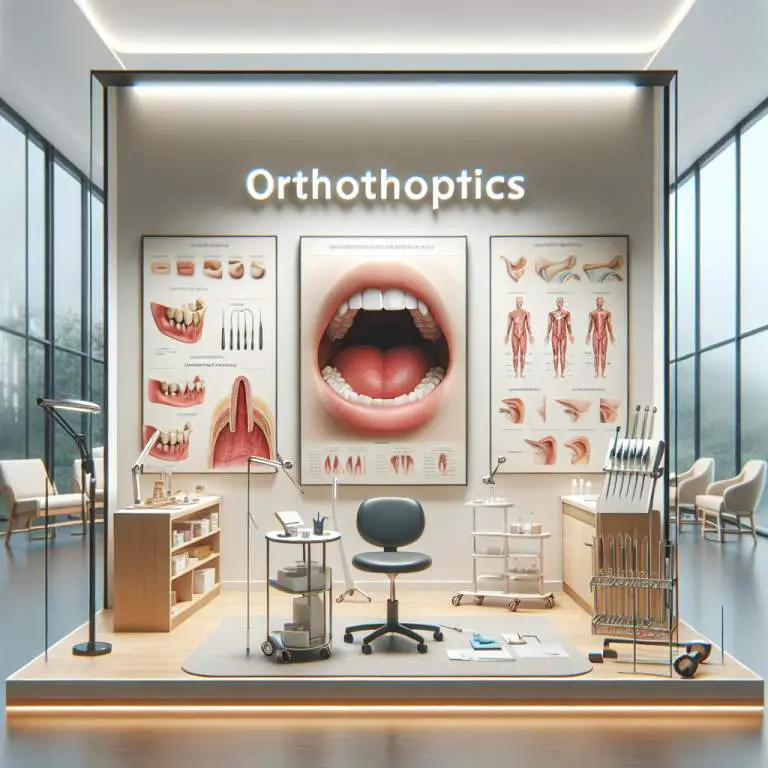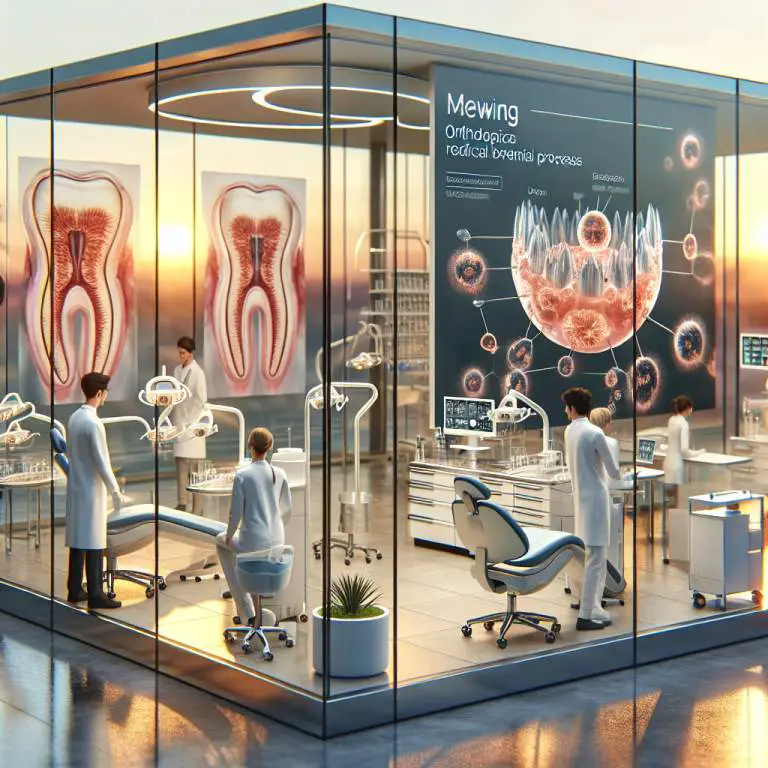How does mewing affect the skeletal structure of the face?
Mewing can change the skeletal structure of the face by encouraging proper tongue posture, which may influence the alignment and shape of facial bones over time. When you practice mewing correctly, your tongue presses against the roof of your mouth. This constant pressure can potentially lead to a more defined jawline and better alignment of teeth by influencing how the bones in your face grow and adapt. However, significant changes often require long-term practice and may vary from person to person.

How Does Mewing Influence Jawline Definition?
Mewing is a technique that some people believe can help make your jawline look sharper and more defined. It involves placing your tongue against the roof of your mouth and keeping it there as much as you can. This is supposed to train the muscles in your face and jaw.
When you practice mewing regularly, it’s thought that the muscles around your jaw become stronger. This could potentially lead to a more defined jawline over time. However, it’s important to remember that everyone’s face is different, so results can vary from person to person.
What Changes Occur in the Palate with Consistent Mewing Practice?
Consistent mewing practice might also bring changes to the palate, which is the roof of your mouth. The idea is that by pushing up with your tongue consistently, you could possibly widen the palate over time. This widening could create more space in the mouth.
A wider palate might not only affect how your upper teeth are arranged but could also impact breathing through the nose. Better nasal breathing is another benefit that some people claim comes from mewing. Again, these changes depend on various factors including how often and correctly one practices mewing.
Can Mewing Alter the Position of Your Teeth?
Mewing might have an effect on where your teeth sit in your mouth. Since part of mewing involves applying pressure with your tongue against the roof of your mouth, this pressure might influence tooth alignment over time. Especially if practiced during younger years when the body is still growing, mewing could potentially encourage teeth to align differently.
However, it’s crucial to approach this idea cautiously because making significant changes to tooth position usually requires professional orthodontic treatment. While slight adjustments might be possible through mewing, anyone considering it for dental alignment should consult with a dentist or orthodontist first.
How Long Does It Take to See Changes in Facial Structure from Mewing?
The time it takes to see any changes in facial structure from mewing varies widely among individuals. Some people report noticing subtle differences within a few months of consistent practice, while others may not see noticeable changes for a year or more.
It’s important to keep expectations realistic and understand that significant transformations will likely take time and may require more than just mewing alone. Factors such as age, genetics, and how accurately one follows the mewing technique all play a role in determining how quickly and effectively changes might occur.
| Facial Bone | Physiological Change Due to Mewing |
|---|---|
| Mandible (Lower Jaw) | Potential forward movement and increased definition |
| Maxilla (Upper Jaw) | Upward and forward movement, improving facial harmony |
| Zygomatic Bones (Cheekbones) | Slight elevation and more pronounced appearance |
| Nasal Septum and Vomer Bone | Possible straightening effect on the nasal septum, improving nasal breathing |
| Palate (Roof of the Mouth) | Broadening, which may increase oral cavity volume for better tongue posture |
Is There Scientific Evidence Supporting the Effects of Mewing on Skeletal Structure?
When it comes to mewing, a lot of people wonder if it really works. The truth is, scientific studies on mewing and its impact on the skeletal structure are limited. This means there isn’t a lot of hard evidence to show that mewing can change your jawline or facial structure in a big way.
However, some experts believe that proper tongue posture can have benefits. They think that keeping your tongue pressed against the roof of your mouth might help with breathing and posture. But as for changing the bones in your face? We need more research to be sure.
What Are the Potential Risks or Downsides of Mewing?
Mewing seems simple, but it’s not without its risks. If done incorrectly, it could lead to problems like jaw pain or misalignment. Some people might try too hard to push their tongue against their palate, which can cause discomfort or even change how their teeth fit together.
Another downside is getting too focused on mewing as a quick fix for facial aesthetics. This obsession can lead to disappointment if changes aren’t seen quickly or at all. It’s important to have realistic expectations and understand that significant changes from mewing alone are unlikely.
How Can One Ensure They Are Practicing Mewing Correctly for Optimal Results?
To make sure you’re mewing correctly, start by learning the right tongue posture. Your entire tongue should be pressed gently against the roof of your mouth, not just the tip. The key is gentle pressure; you shouldn’t feel strained.
It’s also a good idea to consult with an orthodontist or another oral health professional. They can give you personalized advice and ensure you’re not doing anything that could harm your teeth or jawline. Remember, correct practice is crucial for any potential benefits.
Final Thoughts
Mewing has become popular online with many people claiming it has changed their faces. However, without solid scientific evidence, it’s hard to say for sure how effective it is. What works for one person might not work for another because everyone’s body reacts differently.
If you’re thinking about trying mewing, go into it with open eyes and realistic expectations. And most importantly, don’t forget to consult healthcare professionals if you have concerns about its effects on your health or well-being.







